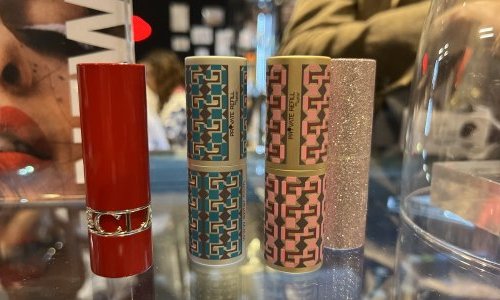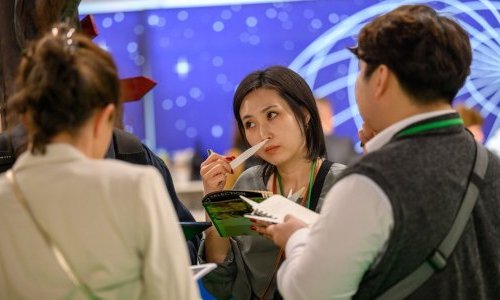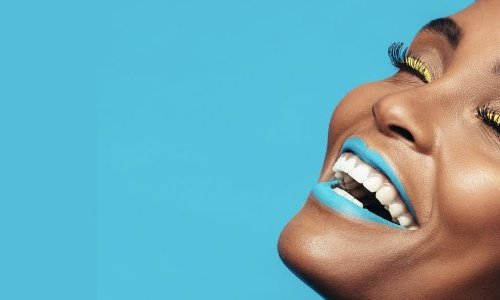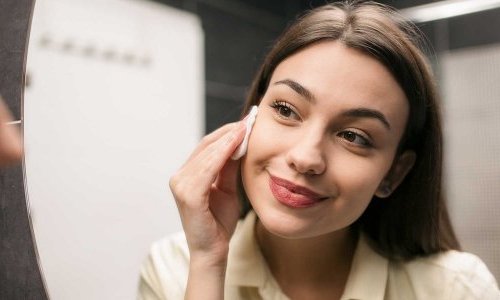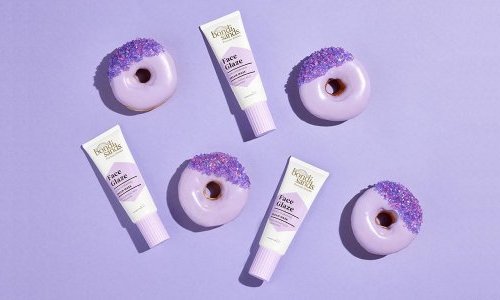According to the True-Luxury Global Consumer Insight 2023 report from BCG and The Altagamma Foundation [1], Millennials and Generation Z are playing an increasingly important role in the luxury goods industry. By 2022, they already accounted for almost EUR 200 billion of the market, double the 2016 figure, and this is forecast to almost double again by 2026. What’s more, younger generations spend 15% more than other age groups, making a significant contribution to the sector’s growth.
The rise of resale and rental
Millennials and Generation Z are also driving another emerging trend in the luxury market: the resale and rental of luxury goods. In 2022, a third of consumers surveyed had bought second-hand luxury goods, an increase of 7 points on 2020, and 22% opted to rent luxury goods, an increase of 4 points in two years. Both trends are particularly strong among younger consumers, with 35% of Millennials and Generation Z having purchased second-hand luxury goods and 26% having rented luxury goods over the past year.
Discerning consumers in search of personalized experiences
Despite their growing appetite for luxury goods, younger shoppers can be picky when it comes to the customer experience. Luxury brands have made considerable efforts to improve the in-store shopping experience. However, less than 50% of consumers surveyed said they were truly satisfied with their experience, and 11% even said they were underwhelmed. This is mainly due to low satisfaction levels regarding online ceremonies.
According to the report, few luxury brands have succeeded in recreating online the emotional factors experienced during an in-store purchase. This ’digital disconnect’ is particularly noticeable among Generation Z and in Europe, where one in five young people consider their online shopping experience disappointing, compared with one in ten baby-boomers.
These new demands are prompting luxury brands to rethink their approach to attracting and retaining young consumers. According to Joël Hazan, managing director at BCG and luxury sector expert, cutting-edge technologies such as generative AI and Web3 can enable brands to offer ultra-personalized, immersive customer experiences. These tools can play a crucial role in meeting the expectations of a diverse, digital-native audience. This approach has borne fruit in China, where technologies in this field are more advanced. In fact, only 13% of luxury buyers report being underwhelmed by their online purchasing experience, while around half (46%) of domestic purchases are made online.
The growing importance of Saudi Arabia
The international luxury goods market is showing solid growth worldwide and has recovered to pre-covid levels. It is expected to be worth some EUR 1,300 billion by 2026, with an annual growth rate of 6% between 2022 and 2026, according to the base scenario chosen by BCG and Altagamma. Despite a slowdown in the overall demand, China and th U.S should remain the main growth drivers of the global luxury market.
Beside these two giant markets, Saudi Arabia appears as a key alternative market with an untapped potential. Luxury sales are expected to double in the Kingdom during the period from 2022 to 2030, growing from EUR 3 billion to 6 billion.




